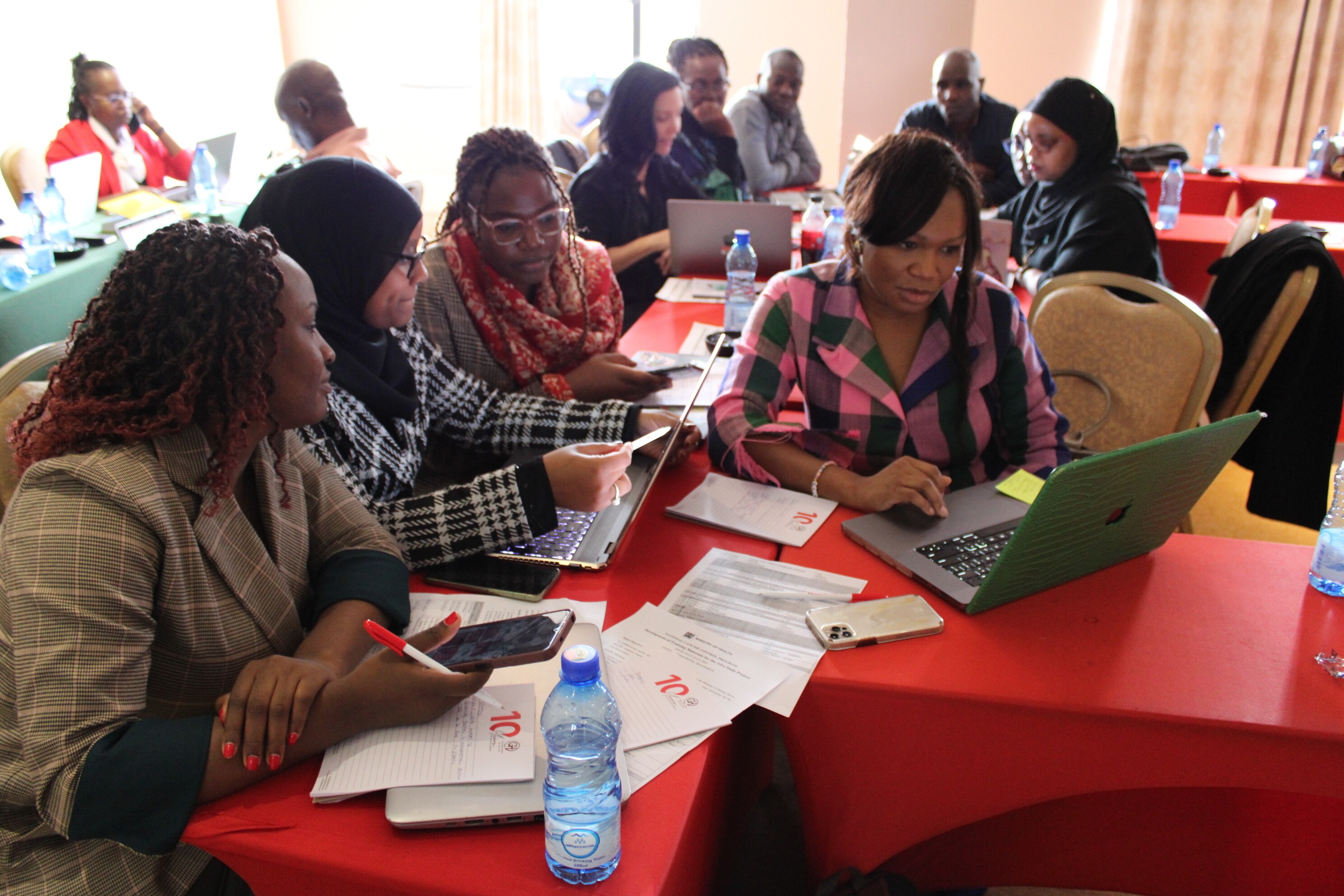The relationship between women’s education and fertility

This post first appeared on The World Bank Investing in Health Blog.
With positive signals for fertility decline emerging in sub-Saharan Africa, and development economists debating the potential for African countries to see a “demographic dividend,” it’s a good time to look more closely at the data linking female education and childbearing.
In a nutshell, data show that the higher the level of a woman’s educational attainment, the fewer children she is likely to bear. Given that fewer children per woman and delayed marriage and childbearing could mean more resources per child and better health and survival rates for mothers and children, this is an important link. . But how much of this is causation and how much is correlation?
A negative correlation is most clearly seen between different levels of female education and the total fertility rate (TFR) in a population. TFR is the number of children a woman can expect to have over her lifetime given current rates of age-specific fertility. The first figure (below) shows TFR trends over time in Ethiopia, Ghana and Kenya among women with varying levels of educational attainment. What it shows for all three countries is that there are striking differences in TFR between women with no schooling and women with a high school education.
In Ghana, women with a high school education have a TFR between 2 and 3, whereas those with no education have a TFR of about 6, even as recently as 2008. Similarly, women with a high school education in Ethiopia have a TFR of 1.3.
Relationship between Female Education and Fertility: Ethiopia, Ghana and Kenya

Data from Demographic and Health Surveys in Ethiopia, Ghana and Kenya [1988-2011]
In considering whether female education actually drives a decline in the TFR, one might ask whether the opposite is true – do women who prefer smaller families want to study longer? However, the evidence from sub-Saharan Africa clearly supports the causal role of female education in fertility decline. For example, an education reform in Kenya that increased the length of primary education by a year resulted in increased female educational attainment, and delayed marriage and fertility. One randomized control trial found that reducing the cost of school uniforms in Kenyanot only reduced dropout rates, but also reduced teenage marriage and childbearing. Another study found that increasing female education by one year in Nigeria reduced early fertility by 0.26 births.
Let’s take a closer look at the causal link in Ethiopia, where 61% of women with no schooling have a child before turning 20 compared to 16% of women with 8 years of schooling. In 1994, the country did away with school fees, instituted school lunches in rural areas, increased the education budget and allowed local language classes. The 1986-born cohort of girls came of school age under the old system, while those born in 1987 were exposed to the reforms. The 1987-born cohort showed an increase in schooling of 0.8 years.
A forthcoming study (Pradhan and Canning 2013) of education and fertility in Ethiopia estimated that an additional year of schooling in Ethiopia would lead to a 7 percentage point reduction in the probability of teenage birth and a 6 percentage point decrease in the probability of marriage. These are large effects, suggesting that women with eight years of schooling would have a fertility rate 53 percentage points lower than those with no schooling at all, and are consistent with observed data.
Why does female education have a direct effect on fertility? The economic theory of fertility suggests an incentive effect: more educated women have higher opportunity costs of bearing children in terms of lost income. The household bargaining model suggests that more educated women are better able to support themselves and have more bargaining power, including on family size.
According to the ideation theory, more educated women may learn different ideas of desired family size through school, community, and exposure to global communication networks. Finally, more educated women know more about prenatal care and child health, and hence might have lower fertility because of greater confidence that their children will survive.
Female education has a greater impact on age of marriage and delayed fertility than male education. Although fertility falls when both male and female levels of education rise together, there is a large gap between male and female secondary school enrollment in sub-Saharan Africa (see figure below). Achieving gender parity in educational attainment could thus have a substantial effect on fertility rates.
Male-Female Education Gap in Sub-Saharan Africa–Secondary Enrollment

It is important to note, however, that education is not the only factor influencing TFR. Global data suggest that in both 1980 and 2010, countries showed a strong negative correlation between female educational attainment and TFR. However, countries have lower fertility in 2010 compared to similar countries in 1980. This suggests that other factors—access to family planning, reduced child mortality, access to work opportunities—may also influence the number of children a woman bears.
Publication does not imply endorsement of views by the World Economic Forum.
To keep up with the Agenda subscribe to our weekly newsletter.
Author: Elina Pradhan is a doctoral student at the Department of Global Health and Population at Harvard T.H. Chan School of Public Health
Image: Girls stand inside their classroom at a primary school in Dobley town, 10 km (6 miles) from the Kenya-Somalia border. REUTERS/Thomas Mukoya
Don't miss any update on this topic
Create a free account and access your personalized content collection with our latest publications and analyses.
License and Republishing
World Economic Forum articles may be republished in accordance with the Creative Commons Attribution-NonCommercial-NoDerivatives 4.0 International Public License, and in accordance with our Terms of Use.
The views expressed in this article are those of the author alone and not the World Economic Forum.
Stay up to date:
Gender Inequality
Related topics:
Forum Stories newsletter
Bringing you weekly curated insights and analysis on the global issues that matter.
More on Equity, Diversity and InclusionSee all
Marielle Anzelone and Georgia Silvera Seamans
October 31, 2025






